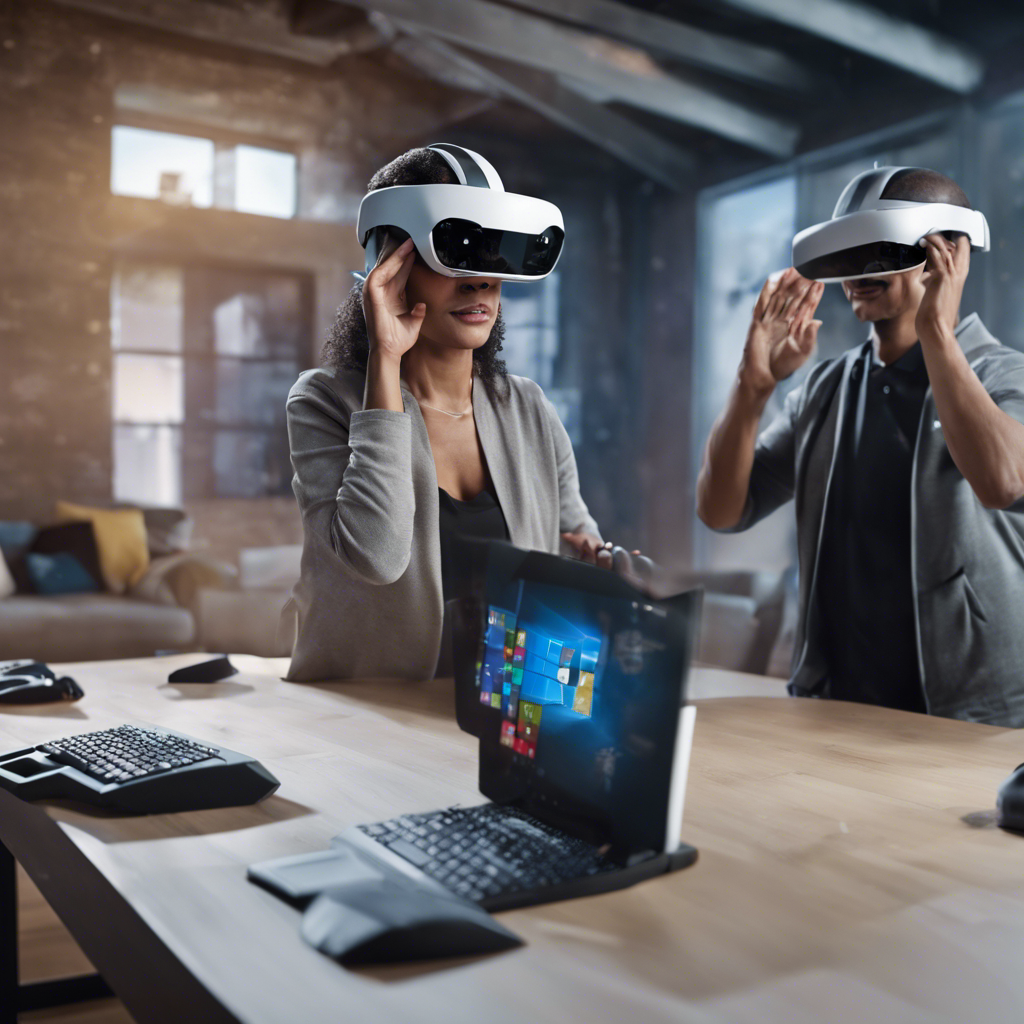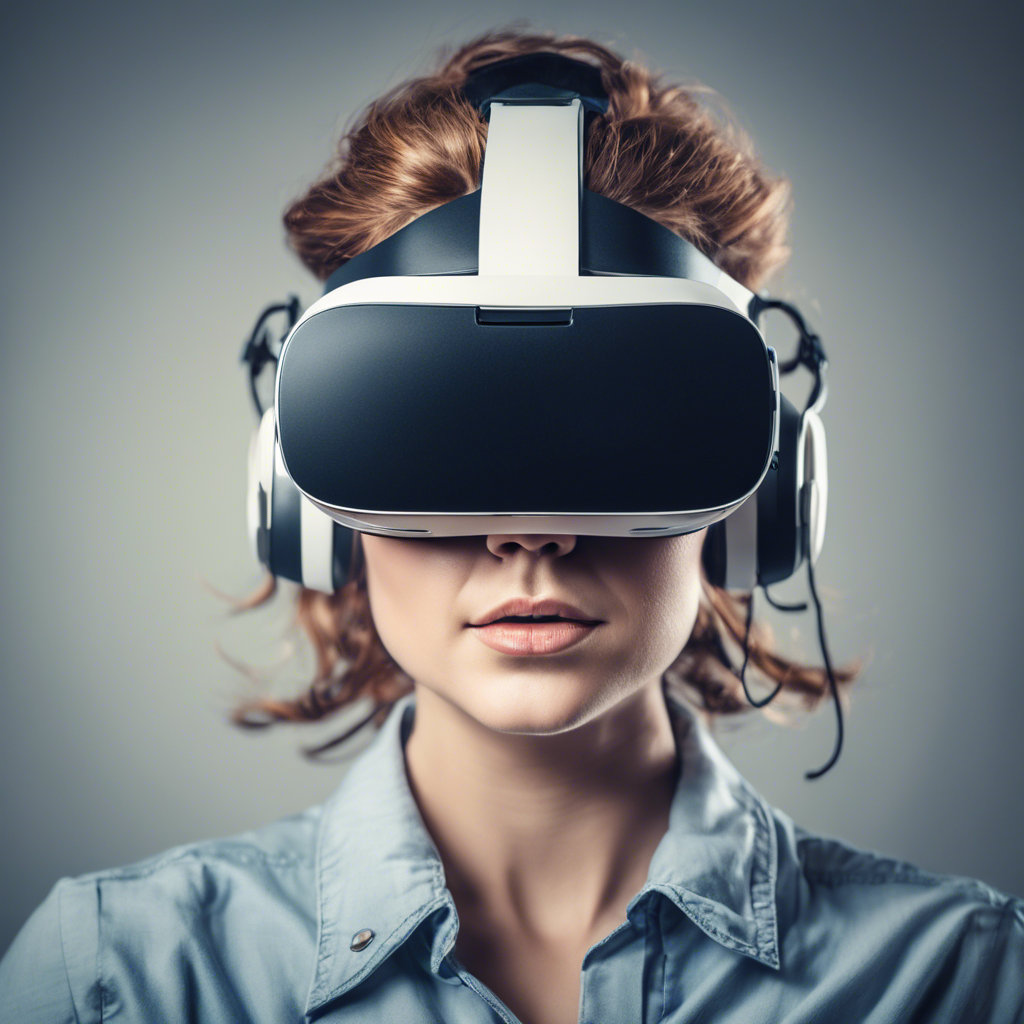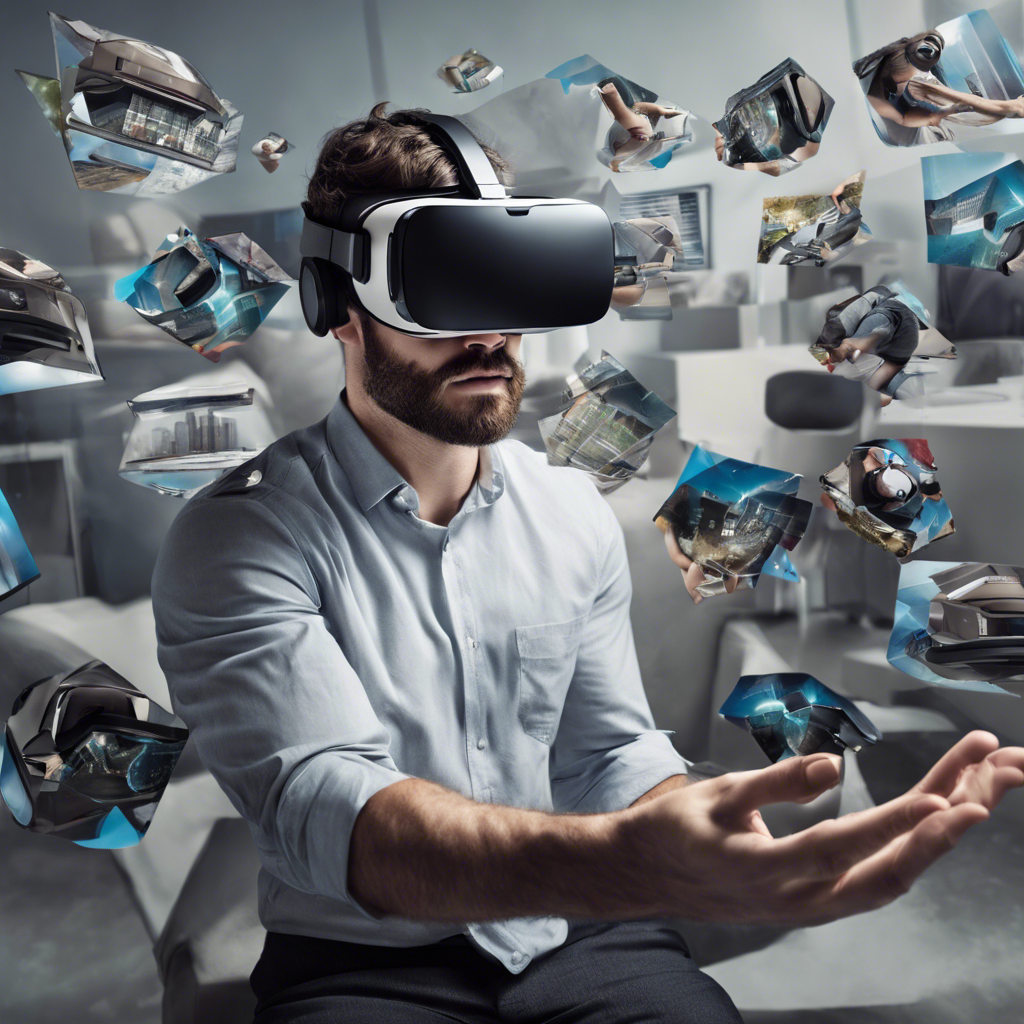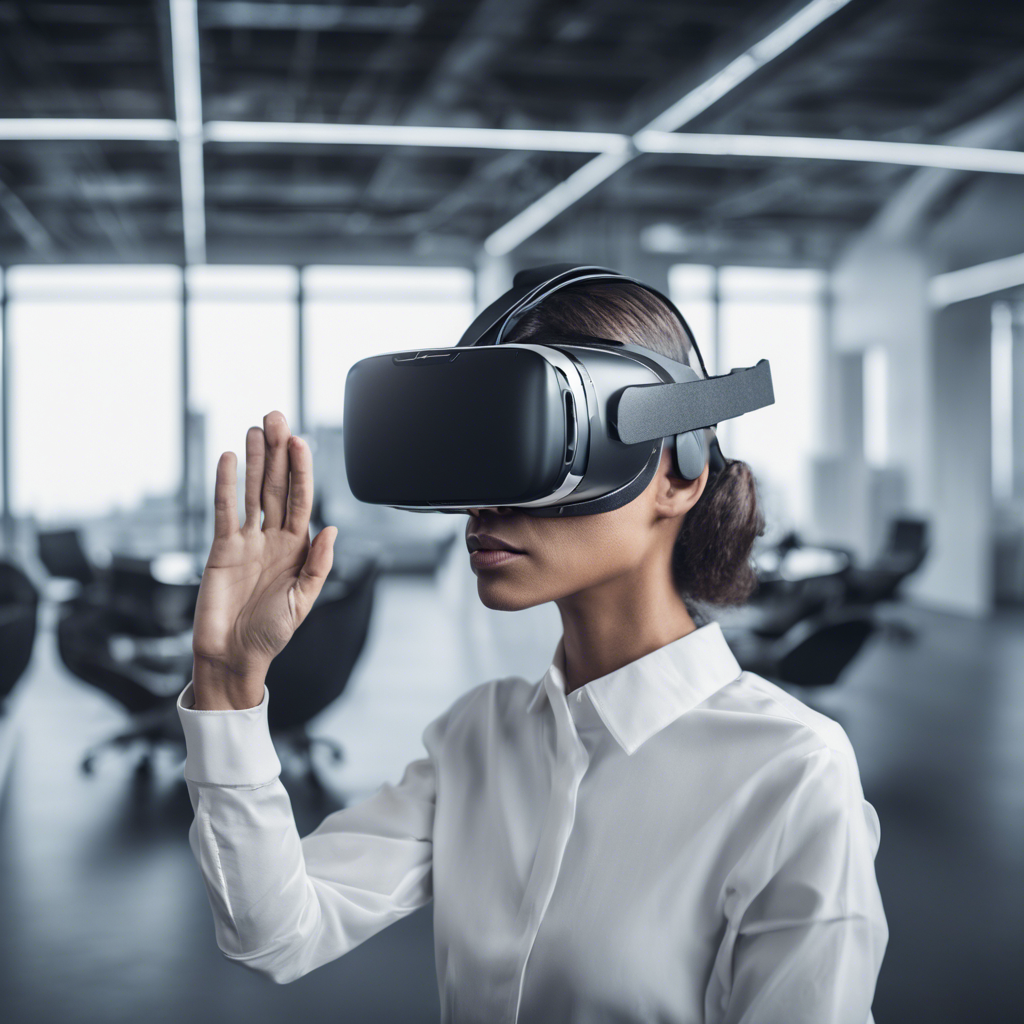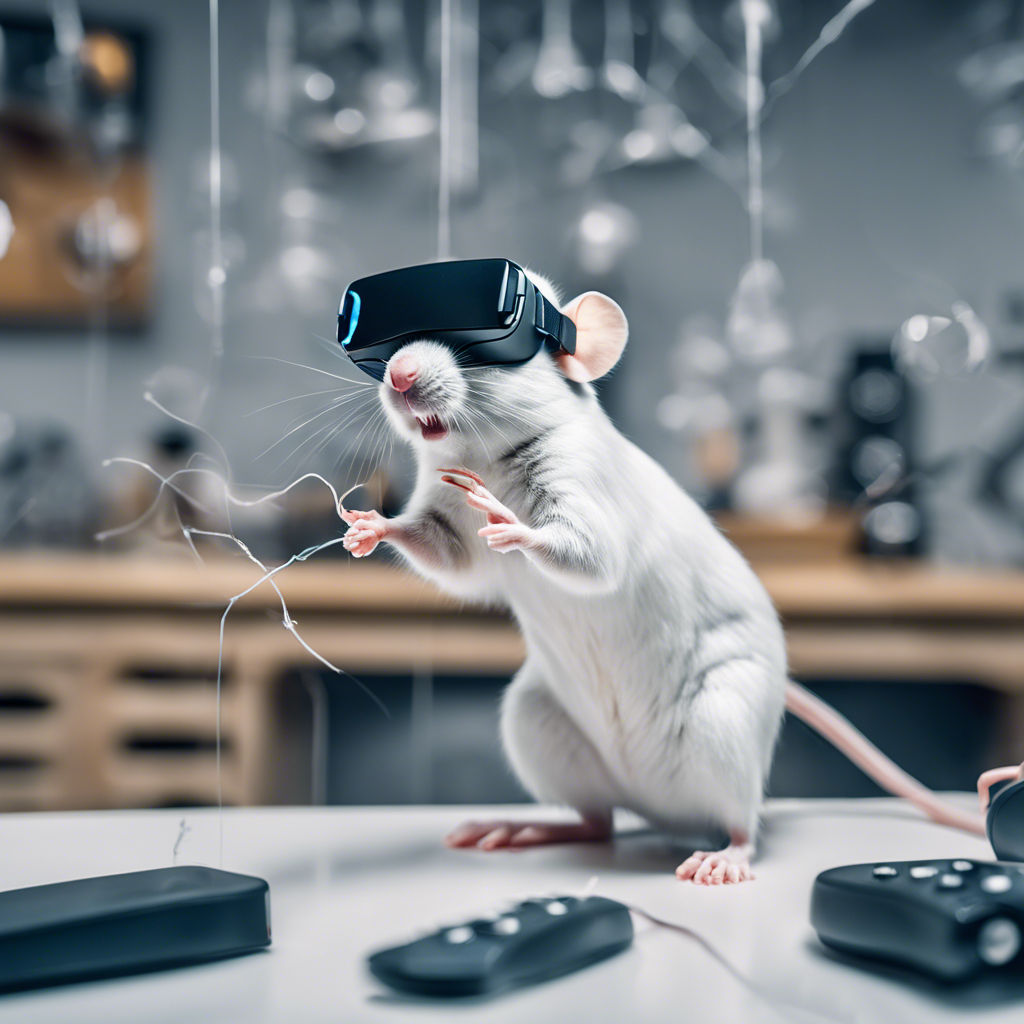Microsoft announces the deprecation of Windows Mixed Reality, signaling the end of its foray into virtual reality.
In a surprising move, Microsoft has officially added Windows Mixed Reality to its list of deprecated features, indicating that it will be removed in a future release of Windows. This decision marks the end of an era for Microsoft’s venture into virtual reality, which aimed to compete with established players like HTC and Oculus. Windows Mixed Reality, along with its accompanying Mixed Reality Portal app and Windows Mixed Reality for Steam VR, provided a gateway to a variety of immersive experiences, including games and applications. However, this announcement suggests that Microsoft is shifting its focus away from virtual reality and towards other technologies.
The Rise and Fall of Windows Mixed Reality
When Microsoft first introduced Windows Mixed Reality in 2017, it aimed to revolutionize the virtual reality industry. The platform was compatible with a range of mixed reality headsets from companies such as Acer, Dell, Lenovo, Asus, HP, and Samsung. It provided users with a diverse catalog of games, apps, and experiences within the virtual reality space. However, despite initial enthusiasm, Windows Mixed Reality failed to gain significant traction in the market.
Microsoft’s Downsizing of the VR Division
The deprecation of Windows Mixed Reality is part of a broader downsizing of Microsoft’s virtual reality division. Last year, the division faced a setback when Alex Kipman, the head of HoloLens, left the company amidst allegations of sexual misconduct. This departure was followed by a significant reduction in the workforce, with 10,000 jobs being cut. Many of these job cuts affected employees working on Microsoft’s mixed reality projects, including the now-discontinued AltspaceVR app. These developments indicate a shift in Microsoft’s priorities and a reevaluation of its involvement in the virtual reality market.
The Future of HoloLens
While Windows Mixed Reality may be on its way out, Microsoft’s enterprise-focused HoloLens 2 appears to be unaffected by this deprecation. Earlier this year, Microsoft announced a free Windows 11 upgrade and several other improvements for the HoloLens 2, reinforcing its commitment to the enterprise market. The HoloLens 2, priced at $3,500, offers a unique augmented reality experience that has gained traction in industries such as healthcare, manufacturing, and education. It seems that Microsoft sees more potential in augmented reality, focusing its efforts on the HoloLens rather than virtual reality.
The Changing Landscape of Virtual Reality
Microsoft’s decision to deprecate Windows Mixed Reality reflects the challenges faced by the virtual reality industry as a whole. While virtual reality has made significant strides in recent years, it has struggled to achieve mainstream adoption. High costs, limited content, and the need for powerful hardware have hindered widespread adoption. In contrast, augmented reality, with its ability to overlay digital information onto the real world, has found more practical applications in various industries. As technology continues to evolve, the future of virtual reality remains uncertain.
Conclusion:
The deprecation of Windows Mixed Reality marks the end of Microsoft’s ambitious foray into virtual reality. While the platform initially held promise, it failed to gain significant traction in the market. Microsoft’s downsizing of its virtual reality division and the focus on the enterprise-centric HoloLens 2 indicate a shift in priorities towards augmented reality. This decision reflects the challenges faced by the virtual reality industry as a whole, highlighting the need for more accessible, affordable, and compelling experiences to drive widespread adoption. As the technology landscape continues to evolve, the future of virtual reality remains uncertain, while augmented reality continues to show promise in various industries.







